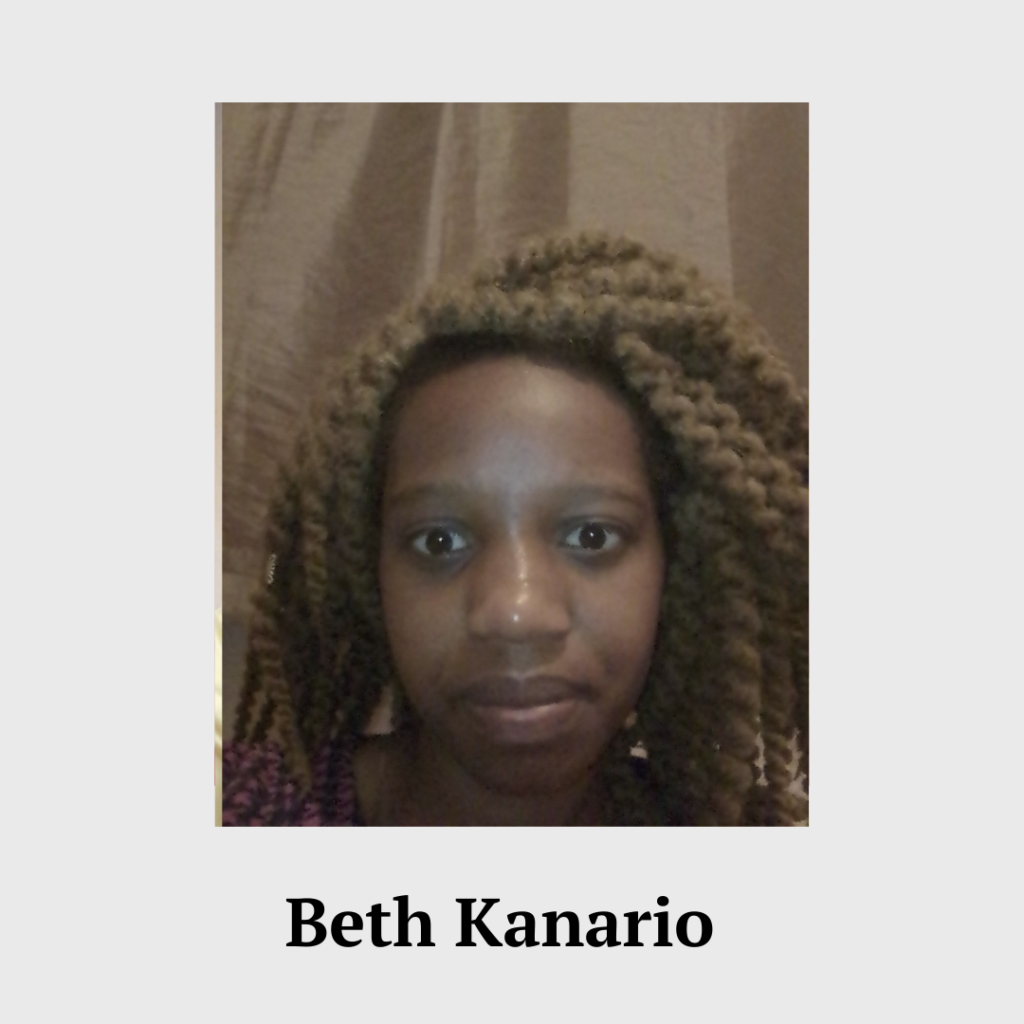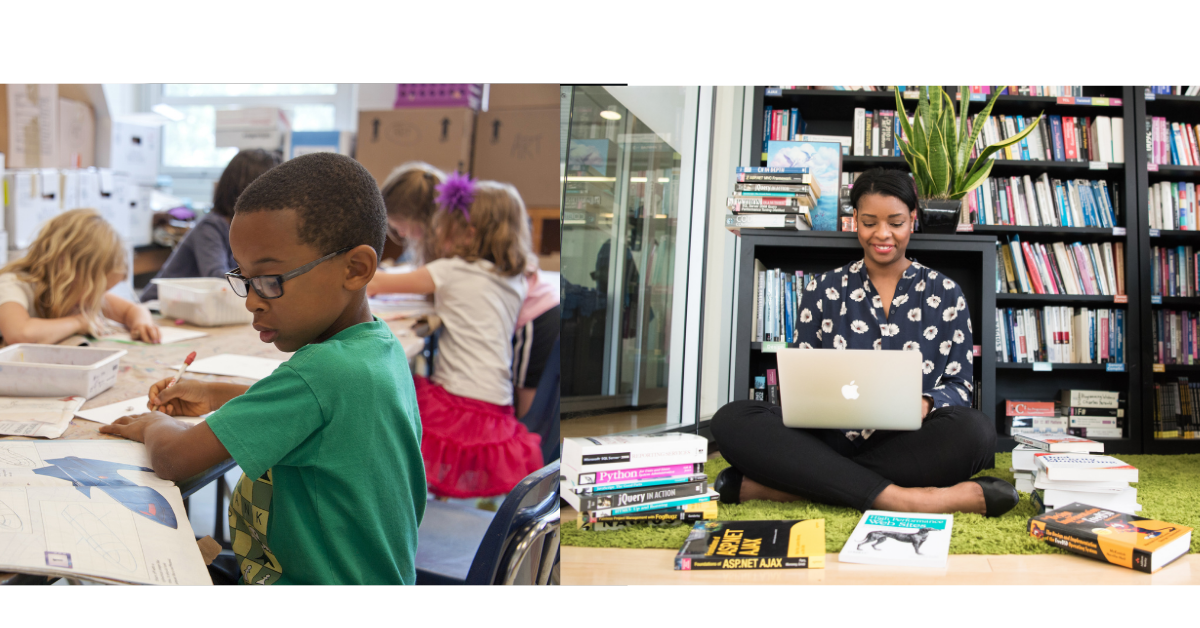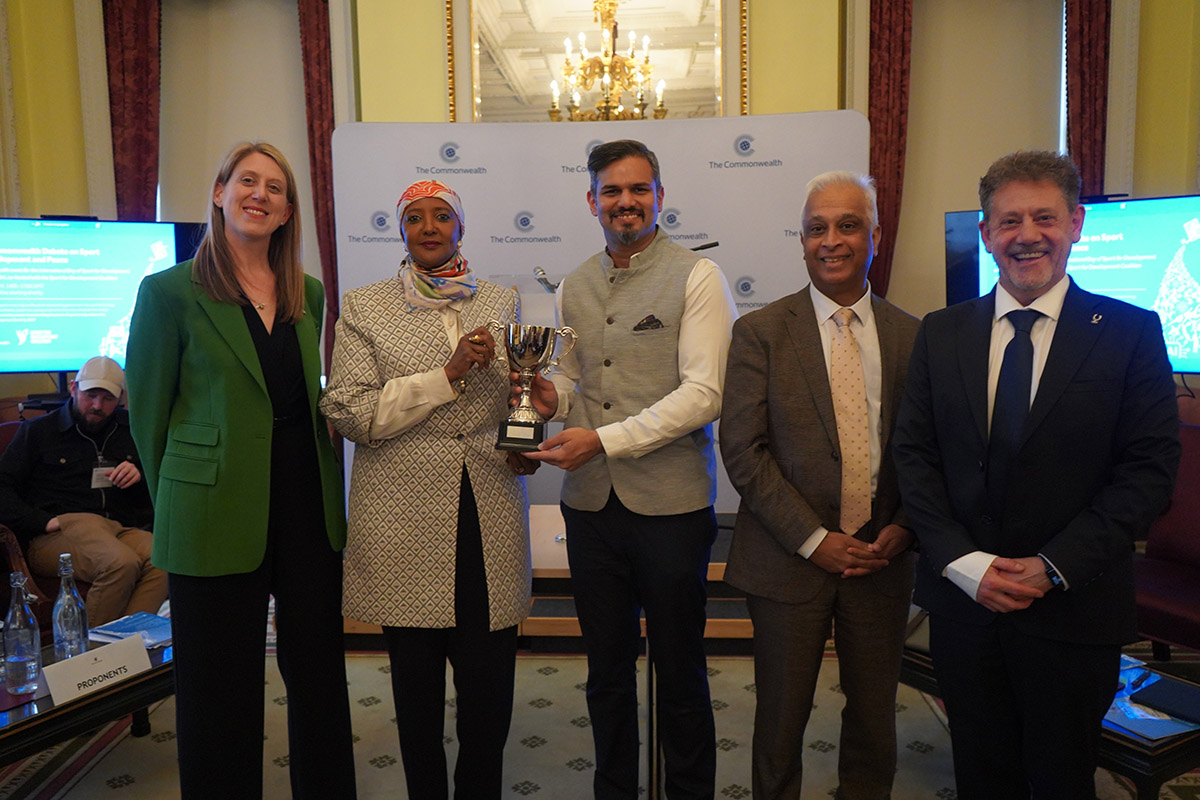The Unequal Learning Environment
February 22nd, 2022
As the United Nations Sustainable Development Goal (SDG) 4, Education is among the top priorities for and key indicators of global development. But even as we celebrate how far we have come, there are still so many more shortcomings to address in order to ensure inclusive and equitable quality education for all. With this in mind, 21-year-old correspondent Beth Kanario examines the issues plaguing Kenya’s education system.
“Education is the passport to the future, for tomorrow belongs to those who prepare for it today.” — Malcolm X
Education is internationally recognized as a basic need. Its importance is also captured in the United Nations Sustainable Development Goal (SDG) 4, which aims to ensure inclusive and equitable quality education and to promote lifelong learning opportunities for all. But even as the world marked the International Day of Education on January 24, 2022, it is worth noting that inequalities still exist in the education sector. While Kenya has some of the best schools that have attained international standards, there are also schools that merely attain the basic standards of a learning institution.
The Kenyan government has made significant strides in education since independence but there are still major shortcomings facing the sector (Alwiya Alwy, 2004). Sharp divisions exist, especially where class and gender are concerned. The supply and distribution of education as a commodity benefit certain groups in the country – usually the rich and powerful (Mulongo, 2013). Harmful traditional practices and prescribed gender roles have barred the girl child from accessing the same levels of education as her male counterparts. The disparity has led to women making up about 70% of illiterate people in Kenya.
While children from more resourced and centrally located areas benefit from the closeness to amenities and institutions, children from marginalized and underdeveloped regions suffer the burden of walking long distances in search of schools.
Students from marginalized areas also have to deal with the unequal distribution of learning materials, inadequate or unqualified teachers, poor school infrastructure – for example, learning might be conducted under a tree in some areas – and disruption of learning activities. These disruptions might result from bandit and terror attacks as well as migration.
The COVID-19 pandemic has further exposed these inequalities in the country. In 2020 when schools were closed, the government introduced alternative modes of learning such as the transmission of lessons via radio, television and online classes. Sadly, these new modes could not benefit children from marginalized communities since they could not afford the devices or the internet connection (Ngwacho, 2020). In addition, households were affected by the pandemic economically and could therefore not raise the required amounts to purchase school necessities for their children. This led to huge dropout levels.
As we mark yet another International Day of Education, let us not just celebrate what we have achieved but let it further ignite the fire in us to strive to improve the shortcomings of the system and ensure education is truly inclusive.
Education is the answer to all the difficulties facing mankind – whether climate change, terrorism, racism, or extremism. It is only through education that children are prepared for the future, and we can only prepare for the future by championing equality and making education accessible to all.
References
Alwiya Alwy, S. S. (2004). Ethnic inequalities in Education in Kenya. International Education Journal 5, 266-274.
Mulongo, G. (2013). Inequality in accessing higher education in Kenya; Implications for economic development and wellbeing. International Journal of Humanities and Social Science, 49-61.
Ngwacho, A. G. (2020). Covid 19 pandemic impact on Kenyan education sector; Learners challenges and mitigations. Journal of research innovation and implications in Education, 128-239.
Photo Credits: Canva
About Beth Kanario: I am a student pursuing International Relations and Diplomacy. I am interested in current affairs both at the national and international levels. I am also interested in changing my society for the better in areas such as climate change, poverty reduction, improving literacy skills and governance policies.






